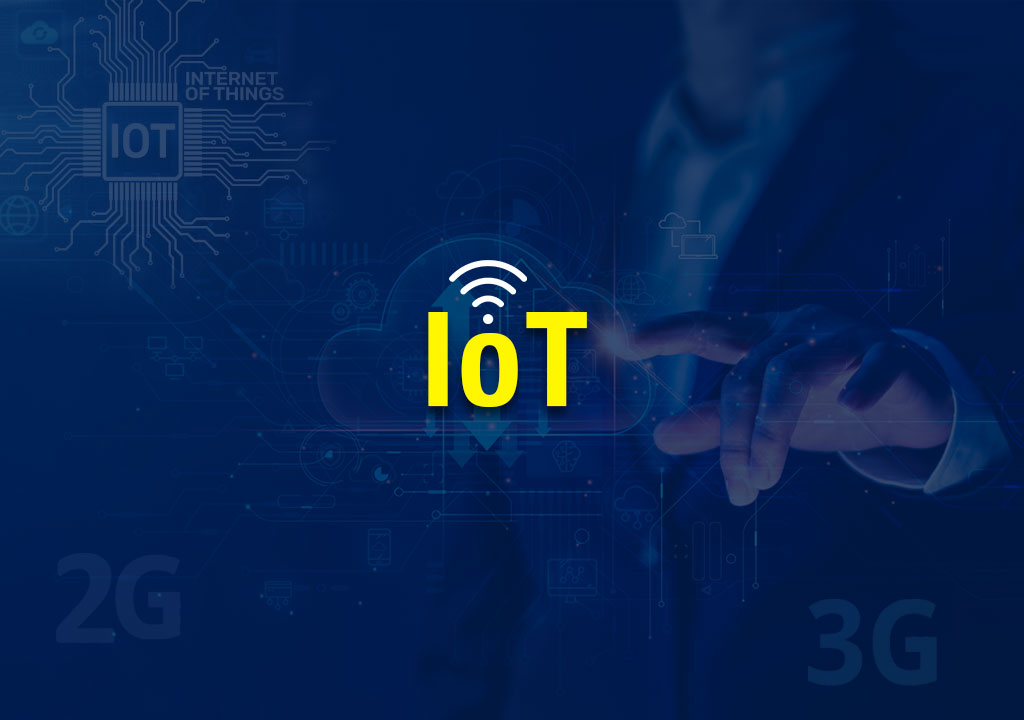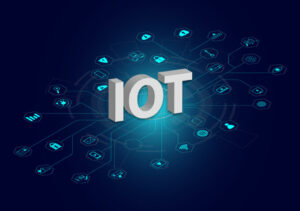INTRO: The rollout of 5G network is certainly a moment of pride for the country and there is considerable excitement all around. But there is also a flip side about which not much is being talked or written about. The advent of 5G will certainly lead to phasing out of 2G and 3G over a period and that will render IoT devices on these networks obsolete.
In some cases, a significant investment in new infrastructure, such as gateways and servers, may be required to support the newer devices
It is important to note that the success of IoT in India will also be determined by the availability of reliable and affordable connectivity
The termination of 2G and 3G networks will have a significant impact on IoT (Internet of Things) devices designed to operate on those networks. With rising data demand and an increasing number of connected devices, many mobile network operators are shifting their focus to 4G and 5G networks, which provide faster speeds, better coverage, and more capacity.
In the coming years, the transition from 2G and 3G networks to 4G and 5G will lead to decommissioning of the older networks. As a result, IoT devices designed to operate on 2G and 3G networks will become obsolete and unable to connect to the internet.
This poses a problem for businesses and individuals who have invested in IoT devices that use 2G and 3G networks. These devices will need to be replaced with newer models that support 4G and 5G networks. In some cases, a significant investment in new infrastructure, such as gateways and servers, may be required to support the newer devices.
The termination of 2G and 3G networks will also have an impact on the security of IoT devices. The older networks are particularly vulnerable to security breaches, and only the transition to newer networks will improve the overall security of the IoT devices. This will necessitate that businesses and individuals upgrade their devices to the newer and more secure models.
It is important to note that the success of IoT in India will also be determined by the availability of reliable and affordable connectivity, as well as the development of the ecosystem that supports IoT technology, including the development of IoT-specific regulations, standards, and policies. The Government’s role in promoting IoT growth and providing the necessary infrastructure and support will also be critical for IoT adoption in the country.
The deployment of 5G networks is still in its early stages in India, but the Government is committed to making it a reality in the near future. Several telecom companies have begun testing 5G networks, and some have even launched limited commercial services in select cities. However, the widespread commercial deployment of 5G is still some time away as India is still working on finalising regulations and spectrum allocation.












